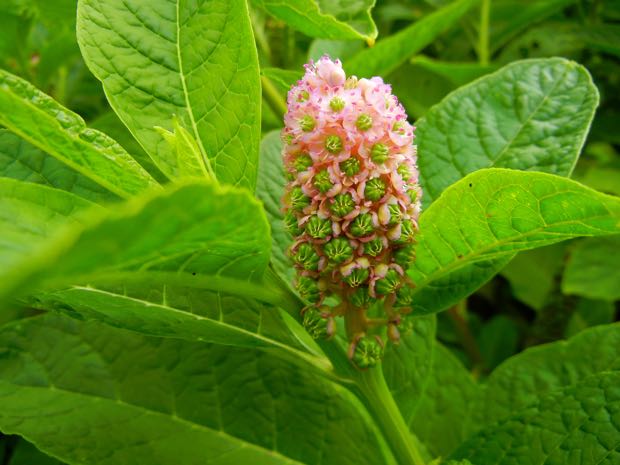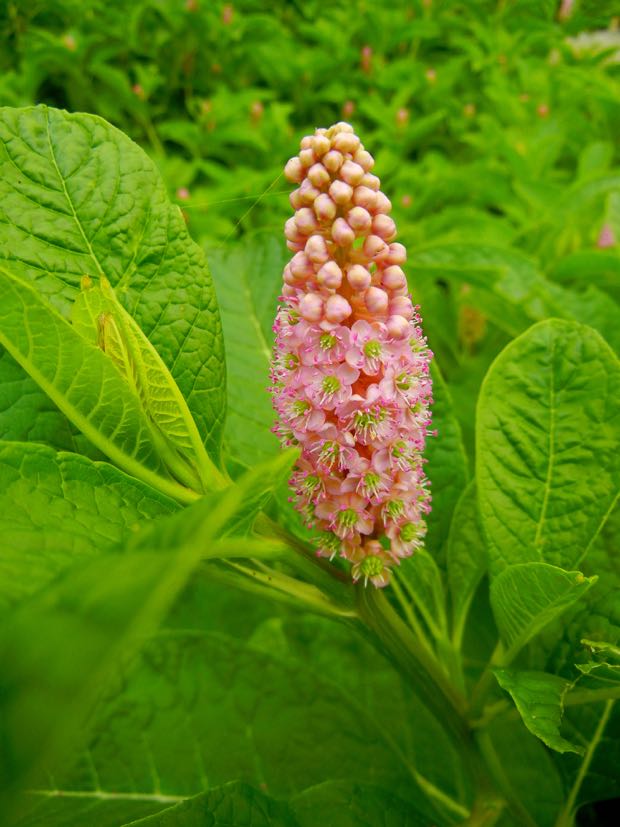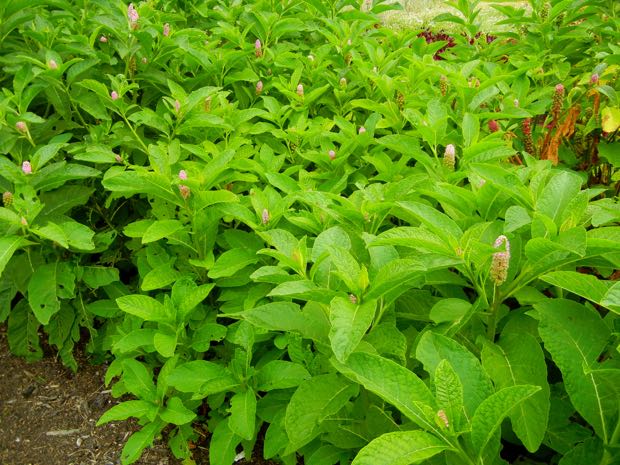Phytolacca rugosa, commonly known as Pokeweeds, or Pokeberry, is a fascinating plant belonging to the Phytolaccaceae family. This deciduous herbaceous perennial offers unique characteristics and a touch of vibrancy to the garden. Let’s explore the details of Phytolacca rugosa:
Phytolacca rugosa is also referred to by various common names, including Pokebush, Pokeroot, Inkberry, and Poke Sallet. These names reflect the plant’s historical usage and regional associations. The genus name “Phytolacca” is derived from the Greek words “phyto,” meaning “plant,” and “lacca,” meaning “red dye.” This name alludes to the red pigments found in the plant, which have been used historically as a natural dye.
The Phytolacca species are native to different regions around the world, including South America, North America, and Asia. Phytolacca rugosa specifically exhibits a wide distribution across these continents. This cosmopolitan presence speaks to the adaptability and resilience of the species.

Phytolacca rugosa is a deciduous perennial that graces the garden with its unique features throughout the year. During summer, the plant produces charming pink flowers arranged in elongated racemes. These floral displays are visually appealing and attract pollinators to the garden. In autumn, the flowers are followed by clusters of berries that add a splash of color to the landscape, persisting for an extended period.
This plant typically grows to a height ranging from 1 to 1.5 meters (3 to 5 feet). Its upright growth habit and attractive foliage make it an eye-catching addition to garden borders, wildflower areas, or naturalized landscapes. The leaves are green and lance-shaped, contributing to the plant’s overall aesthetic appeal.

How to grow Phytolacca rugosa:
Light and Soil Requirements: Phytolacca rugosa thrives in both full sun and partial shade. It appreciates fertile, well-drained soil to support healthy growth and development. Ensure that the planting location receives adequate sunlight to encourage robust flowering.
Propagation: The most common method of propagating Phytolacca rugosa is through seeds. Collect ripe berries in autumn and extract the seeds for sowing in spring. Sow the seeds in a prepared seedbed or individual pots, covering them lightly with soil. Provide consistent moisture and warmth for successful germination.
It is important to note that Phytolacca rugosa contains toxic compounds, including phytolaccatoxin and phytolaccigenin. Exercise caution while handling the plant, and avoid ingestion. The berries, however, are consumed by birds without harm.
Phytolacca rugosa is a captivating plant that offers a touch of color and interest to the garden landscape. Its vibrant pink flowers, followed by colorful berries, create visual allure throughout the seasons. While it carries toxicity, its unique characteristics and historical uses make it a noteworthy addition to gardens, provided proper precautions are taken. Enjoy the beauty of Phytolacca rugosa while appreciating its place in both botanical and cultural contexts.




